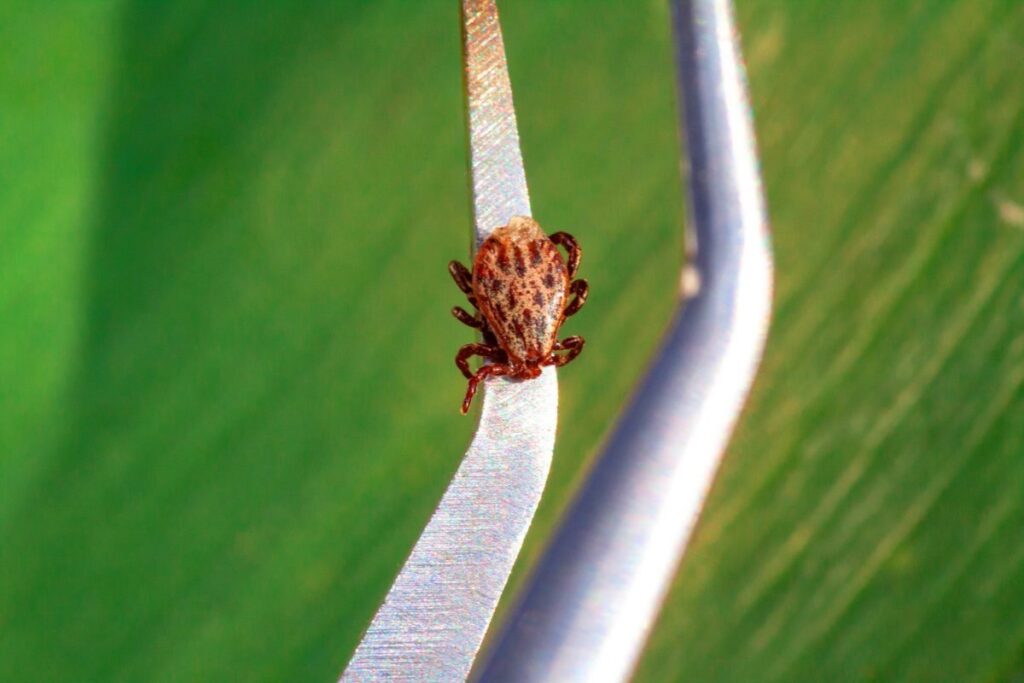Coronavirus now joins the ranks of other zoonotic diseases such as swine flu that have caused issues on a global scale — with coronavirus affecting countries across the globe at a scale unprecedented in living memory. However, India is no stranger to zoonotic diseases.

Kyasanur forest disease (KFD) or ‘monkey fever’ is a disease known to increase on a yearly basis in and around Karnataka. An estimated 500 cases of KFD are reported in India every year. Though the disease shows only a limited number of cases on a yearly basis, it is of particular concern due to its mortality rate of around ten percent.
The symptoms can include a haemorrhagic fever that sets in with chills and nose bleeds and can progress to neurological issues such as severe headaches and vision defects. Similar to coronavirus, KFD has no specific treatment beyond symptom management and hospitalisation. The disease as of yet is not known to transmit from human-to-human, though. Should the disease mutate and develop this capacity, the situation could become dire due to the inability to treat the condition.
Attempts to prevent the spread of KFD do, however, have a powerful tool that is not yet present in the fight against the coronavirus — a vaccine. While this vaccine has shown some success in combating the zoonotic infection, recommendations are in place to vaccinate everyone within ten kilometres of an outbreak. In many situations this recommendation is not observed, allowing the KFD virus to effectively leapfrog from village to village.
Again similar to the coronavirus — which itself was suspected to have reached a human population through the consumption of wild animals at the wet markets of Wuhan, China — KFD typically reaches human populations through proximity to livestock animals. The disease itself is a flavivirus spread through tick bites, these ticks tend to live on animals, and so, any increase in exposure to these animals increases the risk of infection.
Rates of zoonotic diseases have shown a correlation with those living in areas close to fragmented forests and in areas where deforestation occurs. There are numerous examples of deforestation playing a role in the spread of zoonotic infections. Lyme disease, also spread by ticks, has shown to increase in areas associated with fragmented forests and deforestation in the US. Ebola is another example of this concept. The disease is currently raging in the war-torn Democratic Republic of the Congo.
While few zoonotic diseases have reached the levels of impact seen with coronavirus, it is important to acknowledge that the disease is not India’s — or even the world’s — sole health concern. Diseases still running rampant such as malaria fall under the category of zoonotic infections, and such diseases cannot be forgotten amidst the current pandemic.

